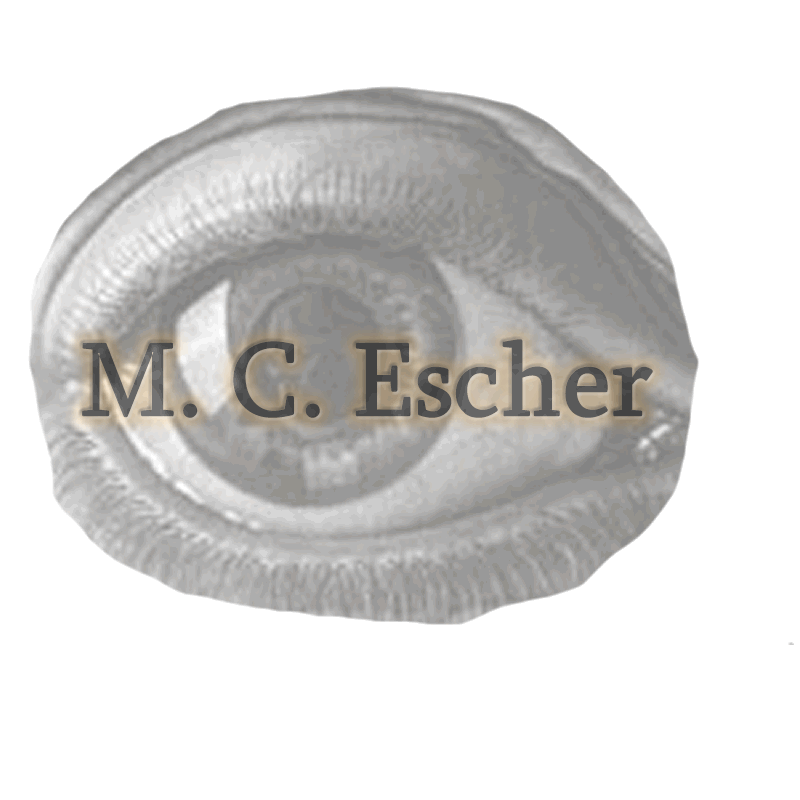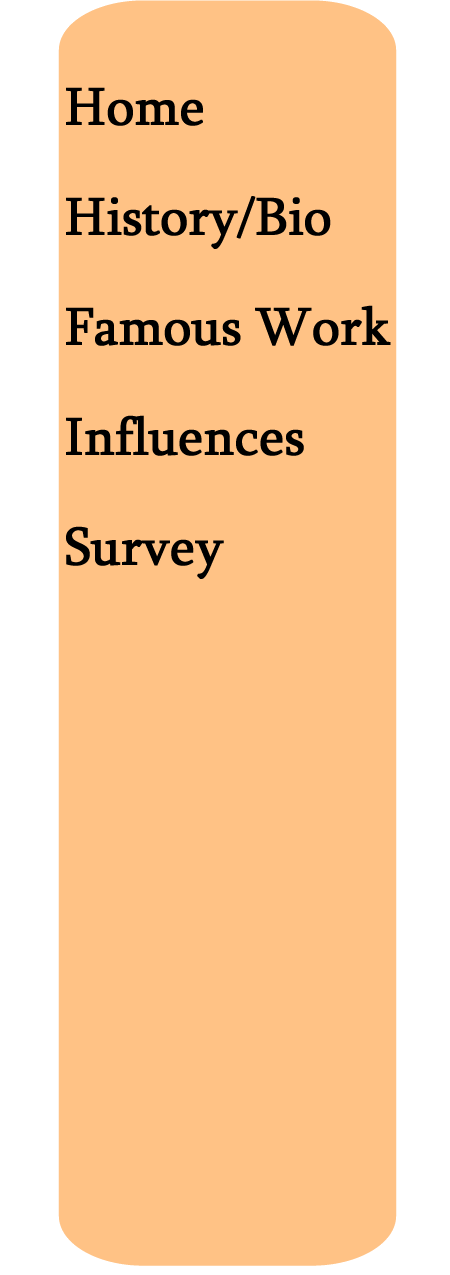


The union between mathematics and art is a deep one, but perhaps it is best illustrated in the works of M.C. Escher. His art studies included drawing lessons by F.W. van der Haagen and three years of study at the school of Architecture and Ornamental Design in Haarlem. He later settled in Rome and made many study-tours through Italy and Spain where he was influenced by the works he saw, including the Alhambra. His formal math training was extremely limited, and he repeatedly denied any understanding of mathematics. Yet his independent studies and artistic intuitions imply a greater understanding than he ever admitted to. In attempting to cogno-intellectualize Escher's artwork, mathematicians have found that his grasp of mathematics included an understanding of isometries, symmetry groups, crystallography, chromatic groups, and tesselation in spherical and hyperbolic geometry.
Several of his works, including his ``Circle Limits'' use the Poincaré disk model of hyperbolic geometry. In this model lines are diameters and arcs perpendicular to the boundary of a circle at infinity. Distances appear distorted and angles are preserved. If 1/n+1/k < 1/2, the Shläfli symbol {n,k} denotes a regular tessellation of n-gons, where k n-gons meet at any vertex. A quasiregular tessellation is built from two kinds of regular polygons. Every regular tessellation {n,k} can give rise to a quasiregular tessellation quasi-{n,k} by connecting the midpoints of the edges of the regular tessellation.
The problem of regularly dividing the plane interested Escher greatly. He wrote: ``I cannot imagine what my life would be like if this problem had never occurred to me. One might say that I am head over heels in love with it, and I still don't know why.'' In the Euclidean plane there are seventeen essentially different ``wallpaper'' patterns using combinations of translations, rotations, reflections, and glide-reflections.